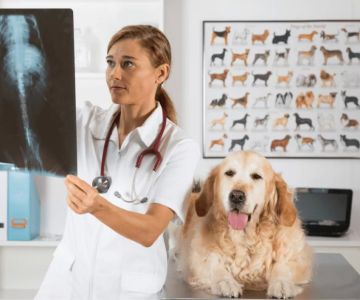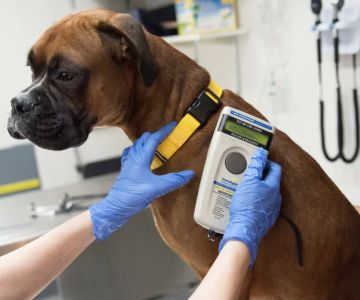- 1-Overview-of-the-DVM-Degree
- 2-Educational-Pathway-to-Earning-a-DVM
- 3-Vet-School-Admissions-and-Prerequisites
- 4-Curriculum-and-Training-in-Vet-School
- 5-Licensing-and-Professional-Development
- 6-Real-Life-Experience-and-Insights
- 7-Next-Steps-and-Resources
1. Overview of the DVM Degree
How to earn a Doctor of Veterinary Medicine (DVM) is a question many aspiring veterinarians ask early in their career journey. The DVM degree is the essential credential for practicing veterinarians, combining rigorous academic study with hands-on clinical experience. Earning this degree opens doors to careers in animal health, research, and public health.
The DVM is typically a four-year professional program completed after undergraduate studies, focused on preparing students for the demands of veterinary practice.

131 W State Rd 434, Winter Springs, FL 32708, USA
See Details2. Educational Pathway to Earning a DVM
The path begins with earning a bachelor’s degree, often with a focus on biology, animal science, or chemistry. During this time, students build a foundation in key scientific subjects essential for veterinary school.
Many universities offer pre-veterinary programs that prepare students for the competitive admissions process and challenging curriculum ahead.

48-18 Vernon Blvd, Long Island City, NY 11101, USA
See Details2.1 Importance of Undergraduate Preparation
Strong academic performance, relevant coursework, and gaining practical experience through internships or volunteering are vital steps. These prepare you for the academic and professional challenges of vet school.
3. Vet School Admissions and Prerequisites
Veterinary schools require completion of specific prerequisite courses such as organic chemistry, biochemistry, anatomy, and microbiology. Admissions often involve the Veterinary Medical College Application Service (VMCAS), GRE scores, and interviews to evaluate candidates.
Demonstrating dedication through animal care experience and personal statements can greatly improve acceptance chances.
4. Curriculum and Training in Vet School
The DVM curriculum is intense and comprehensive, covering subjects from pathology and pharmacology to surgery and clinical diagnostics. Students gain real-world skills through clinical rotations, working with various animal species.
This hands-on training is critical to developing competence and confidence as a future veterinarian.
4.1 Balancing Theory and Practice
The integration of classroom knowledge with clinical experience ensures graduates are well-prepared for the complexities of veterinary medicine.
5. Licensing and Professional Development
After earning the DVM, graduates must pass the North American Veterinary Licensing Examination (NAVLE) and meet any state-specific requirements to practice. Many veterinarians pursue internships or residencies to specialize further.
Continuing education keeps veterinarians current with medical advances and evolving best practices.
6. Real-Life Experience and Insights
Dr. Sarah’s journey to earning her DVM is a testament to perseverance and passion. Starting as a biology major, she dedicated summers to volunteering at animal shelters and shadowing vets. Her advice: “The road to becoming a veterinarian is challenging but incredibly rewarding. Focus on gaining experience and stay curious.”
7. Next Steps and Resources
Understanding how to earn a Doctor of Veterinary Medicine degree is the first step towards a fulfilling career in animal health. To prepare effectively, consider reviewing vet school guides, preparing for entrance exams, and connecting with mentors.
For resources, preparatory tools, and trusted products that support veterinary students and professionals, explore offerings from Hidden Brook Veterinary. Their expertise can help you succeed on your path to becoming a licensed veterinarian.









